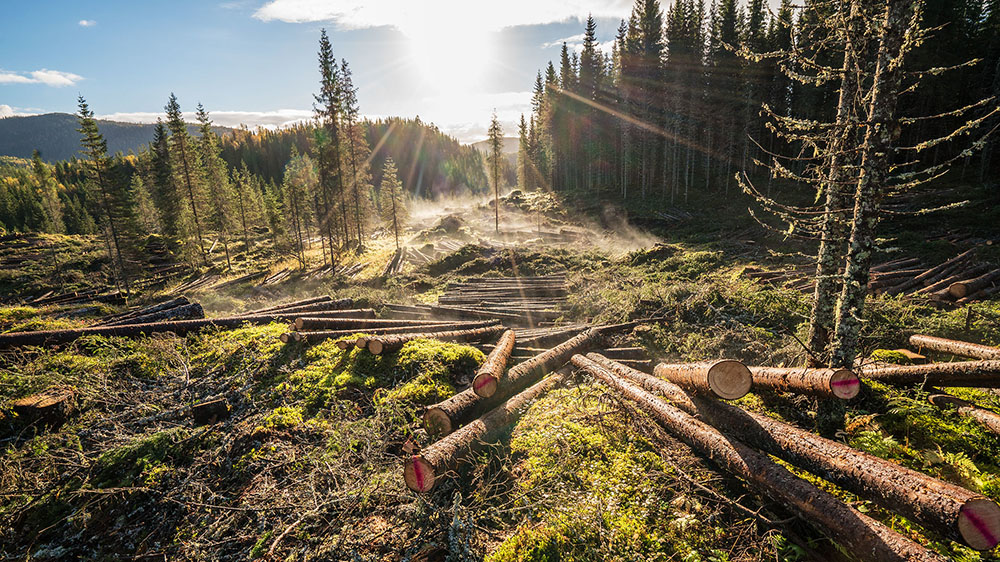Norway has many trees. As much as 37% of the land area is covered by forest. This makes the forest the largest potential source of bioenergy production in Norway. However, it is not certain that bioenergy from Norwegian forests will be important in the green transition. It depends, among other things, on the existing alternatives for utilizing forest's resources, and on how bioenergy production can be balanced with nature conservation and outdoor life.

These are conditions that Asbjørn Torvanger investigates in his recent study for Include. Torvanger is a social economist with extensive experience in research on climate economics and policy. The report from the study is called “Forest-based bioenergy in Norway’s green transition: Balancing production and other societal interests” (24 pages).
Biofuel and bioheat
There are two main types of bioenergy from forests: biofuels and bioheat (wood, wood pellets and wood chips). In his study, Torvanger firstly examines which forest resources used for bioenergy are available in Norway and finds that biofuel production currently encounters economic barriers. In fact, timber production for construction and production of industrial fibers are more profitable ways of utilizing forest resources. In addition, biofuels are more expensive than fossil fuels. Admittedly, demand for biofuels grew because Norway has introduced a requirement for increased use of biofuels in transportation, but since we lack the production capacity, most of the biofuels are being imported.
This leaves us with the lowest quality biomass for bioheat. Wood, wood pellets and wood chips can be produced locally and on a small scale due to modest investments in essential equipment. Thus, it can boost local employment and provide income for small forest owners and farmers. However, Torvanger points out that the greenhouse gas reduction effect of bioheat is limited, because alternative space heating is based mostly on green power.
Conflicting interests
By replacing fossil fuels in the transportation sector, biofuels could provide a larger reduction in greenhouse gas emissions. The disadvantages are more significant negative consequences for nature, biodiversity, and outdoor activities. The report states that this is because biofuels must be produced industrially and on a large scale, which also means more industrial logging practices.
During his work on the study, Torvanger has interviewed representatives of forest owners, industry, environmental organizations, and authorities from Oslo and Viken. Several conflicting interests emerge here, and how the authorities at the municipal and county level attempt to balance those conflicting interests. Based on the interviews, Torvanger concludes that a possible solution to reduce those conflicts would be to protect more forest areas, especially natural forests that have undergone very few interventions and forests near cities, while other areas can be more open for logging.
You can read the full report here:

